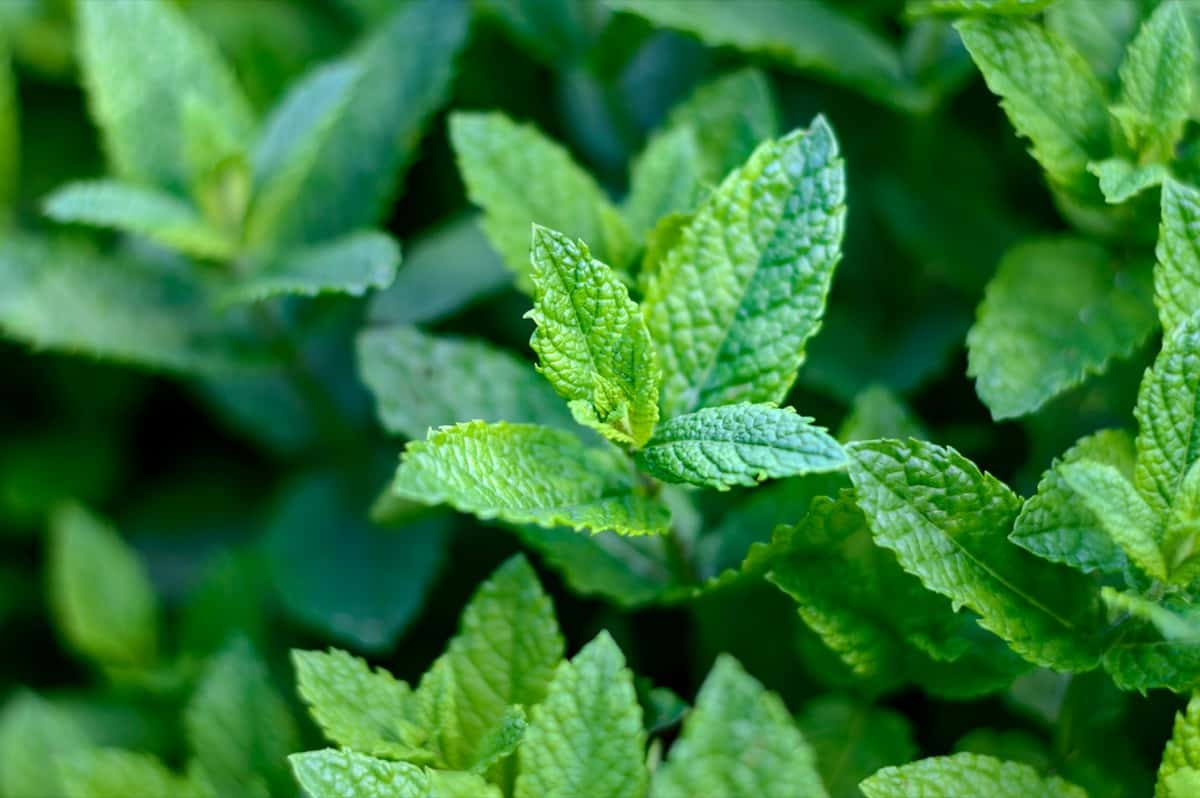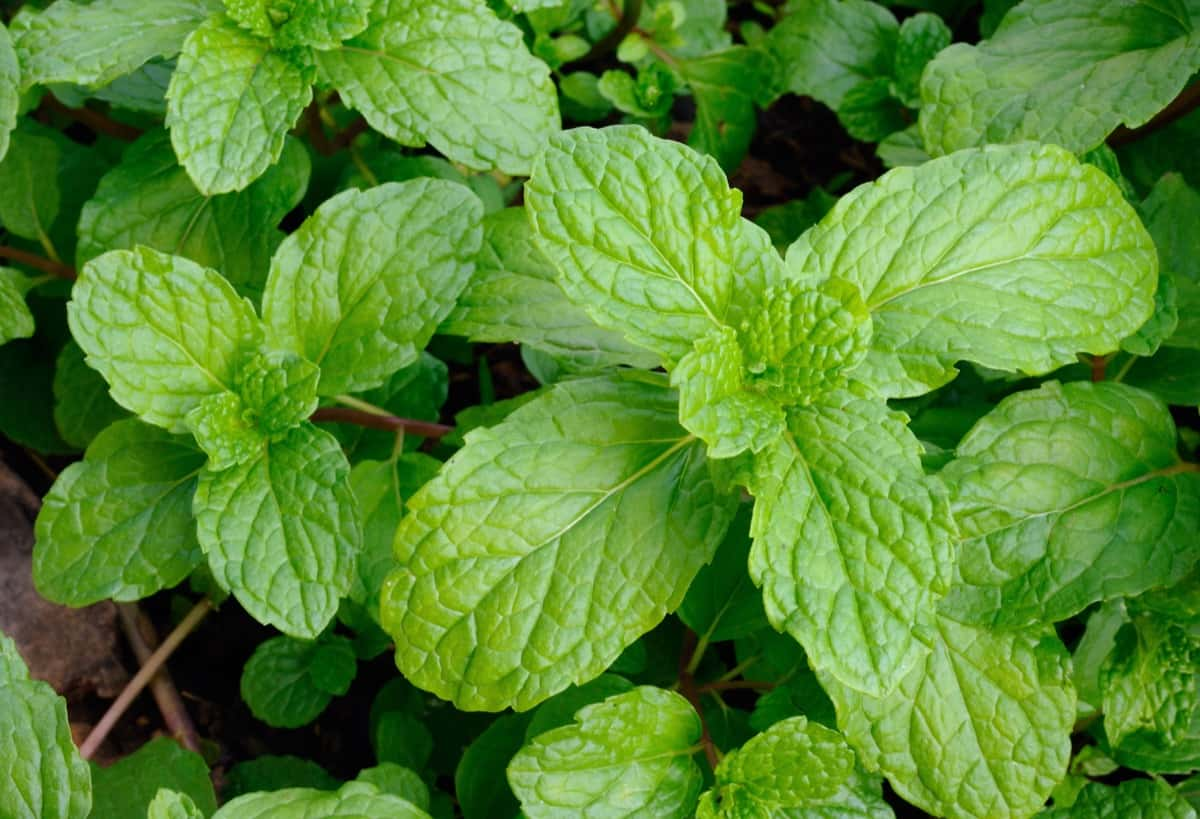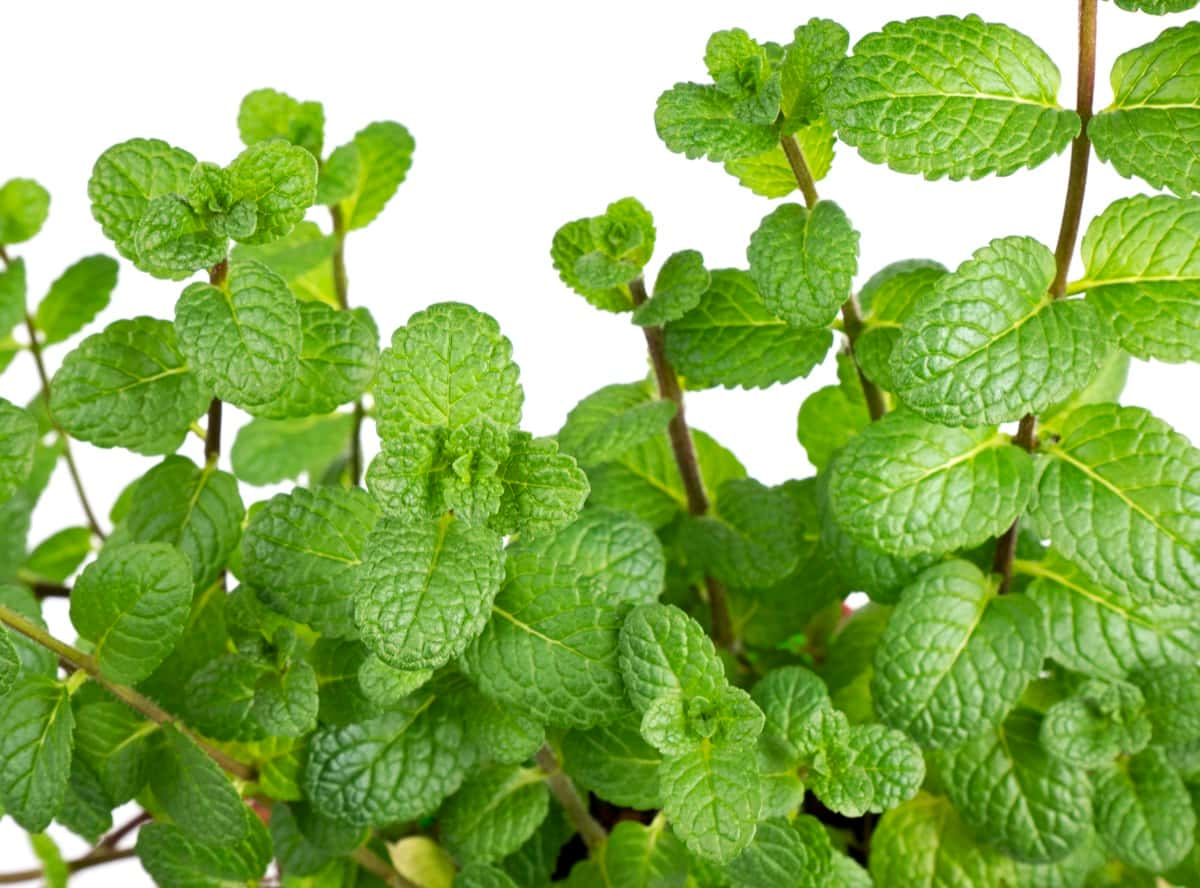Mint plants are known for their refreshing aroma and culinary uses. However, like other plants, they can encounter various problems hindering their growth and health. This document will discuss ten common problems with mint plants and provide treatments and solutions for each.

11 Common Problems With Mint Plants
How to Prevent Mint Plants from Wilting
- Proper Watering: Mint plants require consistent moisture to thrive. Keep the soil moist; water them regularly but not waterlogged.
- Adequate Sunlight: Mint plants prefer partial Shade or filtered sunlight. Plant them in an area that receives 4-6 hours of sunlight daily.
- Proper soil conditions: Avoid heavy clay soils that can lead to soggy conditions and root suffocation.
Mint Plant Wilting After Transplant
- When transplanting mint plants, ensure the new location has light and soil conditions similar to the original.
- Water the plants thoroughly before and after transplanting to minimize moisture stress.
- Avoid disturbing the roots excessively during the transplanting process.
- Monitor the moisture level regularly and adjust the watering frequency as needed.
- If the newly transplanted mint plants show signs of wilting, Use shade cloth or create light Shade with an umbrella until the plants recover and acclimate to their new environment.
Dealing With Pests on Mint Plants
There are several types of flying bugs that can infest mint plants, including aphids, whiteflies, and leafhoppers. Tiny black bugs on your mint plants are often aphids that also cause accountable damage to your mint plants. Whiteflies are the flying bugs on mint plants or white Bugs on mint plants. These tiny insects have white wings and can be found on the undersides of leaves.
They suck the plant’s sap, causing yellowing and wilting of the leaves. To control whiteflies, you can use sticky traps or insecticidal soap. What is eating my mint leaves? You may encounter caterpillars or beetles that feed on mint leaves. Caterpillars can be manually removed from the plant or use a natural insecticide to control them.
How to Get Rid of Bugs on My Mint Plant?
- A homemade soapy water pesticide can be easily made at home. Whenever you water your mint plant, remember to dry it off after a few hours.
- You can prevent insects from crawling toward your plant by creating physical barriers. Place sticky traps or diatomaceous earth around the perimeter of your mint.
In case you missed it: Homemade Mint Spray for Pest and Disease Control: Recipe for Natural and Organic Benefits of Plants

Common Causes of Yellowing Leaves in Mint Plants
When the bottom leaves of mint plants turn yellow, it is often a sign of aging or natural leaf drop. Mint plants tend to shed their older leaves as they grow new ones. This is a normal process and should not be a cause for concern.
However, if the yellowing is accompanied by other symptoms, such as wilting or browning of the stems, it may indicate a problem with watering or nutrient deficiency. To fix yellowing leaves in Mint plants, maintain consistent moisture, and if the soil lacks nutrients, it can result in yellowing leaves. Fertilizing the plant with a suitable fertilizer can help address this issue.
Solutions for Preventing Fungal Diseases in Mint Plants
- Properly space mint plants to promote air circulation, reducing humidity levels and minimizing the risk of fungal infections.
- Avoid overwatering, as excessive moisture can create a favorable environment for fungal pathogens. Water the plants at the base, keeping the foliage dry.
- Promptly remove any infected or diseased plant parts, including leaves, stems, or entire plants, to prevent the spread of fungal pathogens.
- Use organic fungicides: Consider using natural fungicides such as neem oil, copper-based products, or sulfur to control fungal diseases in mint plants. Follow the instructions provided by the manufacturer.
Identifying and Treating Nutrient Deficiencies in Mint Plants
| Nutrient Deficiency | Symptoms | Solution |
| Nitrogen | Pale yellow or light green leaves, Stunted growth | Ammonium nitrate or urea |
| Phosphorus | Dark green or bluish-green leaves, poor root development. | Bone meal or rock phosphate |
| Potassium | Yellow or brown leaf edges, overall poor growth. | Potassium sulfate or potassium chloride |
Protecting Mint Plants from Excessive Heat or Sunburn
Mint Temperature Tolerance
Mint plants thrive in moderate temperatures, preferring 18 to 21°C. They can tolerate slightly higher temperatures, up to 27°C, but prolonged exposure to temperatures above this range can harm their health. For protecting mint plants from excessive heat or sunburn, placing them in an area that receives partial Shade can help protect them from direct sunlight during the afternoon. This can be achieved by using shade cloth or umbrellas. Watering mint plants in the morning or early evening is recommended, allowing the plants to absorb the water before the day’s heat sets in.
In case you missed it: Homemade DIY Comfrey Tea Soil Fertilizer: Recipe for Natural and Organic Benefits of Plants

Preventing Overwatering in Mint Plants
Overwatered Mint Plant: It is possible to overwater a mint plant. Signs of overwatering include wilting leaves, yellowing leaves, root rot (white or brown roots), and an unpleasant mildew odor. If you notice any of these signs, reduce watering frequency and ensure the soil is completely dry before adding more water.
How Often to Water Mint Indoors: In dry climates or if your mint gets a lot of direct sunlight, you should water your mint every 2-3 days, perhaps more frequently. Make sure your soil is moist by checking it with a finger each day. How much water does a mint plant need per day? Add 1–2 cups (250–400 ml) to your mint plant at each watering.
WaterinG Mint in Pots: Plants in containers can dry out quickly, so water them regularly throughout the growing season. On average, a mint plant needs about 1 to 2 inches of water weekly.
How to Deter Aphids from Infesting Mint Plants
Do aphids like mint? Yes, They suck the sap and can cause the mint leaves to black or brown spots or yellowing. They can also transmit plant viruses like fusarium wilt and mosaic virus. Aphids feed on all types of mint, including chocolate mint, peppermint, and other sweet mint.
How to Get Rid of Aphids on Mint?
- Wipe or spray the leaves with a mild solution of water and a few drops of dish soap to control aphids. For two weeks, soapy water should be applied every 2-3 days.
- Aphids can be dislodged from plants using a strong water stream from a hose. Gently spray the affected leaves and stems, focusing on the undersides where the aphids tend to congregate.
Dealing With Mint Plants That Are Prone to Root Rot
Mint Root Rot: Root rot (boggy soil or pots without drainage can cause mint to turn yellow and droop). Mint dying in a pot due to pots or containers being too small or lacking drainage holes in the base so excess water cannot escape. Leggy growth with few leaves due to lack of sun or too much fertilizer. To prevent and treat root rot in mints
- Ensure the planting area has good drainage by correcting the soil with organic matter such as vermicompost or well-rotted manure.
- Avoid watering the mint plants excessively and let the soil dry out between waterings.
- If root rot is severe or persistent, it may be necessary to use a fungicide to control the pathogens causing the disease.
- Root rot pathogens can survive in the soil for extended periods. To prevent their buildup, avoid planting mints in the same location year after year.
In case you missed it: Top 10 Common Mistakes to Avoid in Free-range Chicken Farming

Treating Mint Plants for Powdery Mildew Infection
Neem Oil: Dilute it in water according to the package instructions and spray it onto the affected mint plants to treat powdery mildew on the mint. Neem oil has antifungal properties that can help control powdery mildew.
Baking Soda Solution: For Treating mint plants for powdery mildew infection at home, mix one tablespoon of baking soda, some drops of dish soap, and 4 liters of water. Spray this solution onto the affected plants, covering both the leaves’ tops and bottoms.
Conclusion
By being aware of these common problems and implementing the suggested treatments and solutions, you can ensure the health and vitality of your mint plants. Proper care and attention will result in a bountiful harvest of fresh and fragrant mint leaves for your culinary endeavors.
- Feed Your Flock for Less: Top 10 Tips to Save on Chicken Feed
- Ultimate Guide to Ossabaw Island Hog: Breeding, Raising, Diet, and Care
- Hatching Answers: The Top 10 Reasons Your Chickens Aren’t Laying Eggs
- Eggs and Economics: Breaking Down the Cost of Raising Backyard Chickens
- Defend Your Greens: Proven Methods to Keep Iguanas Out of Your Garden
- Ultimate Guide to Cinnamon Queen Chicken: A Comprehensive Guide for Beginners
- Ultimate Guide to California Tan Chicken: Breeding, Raising, Diet, Egg-Production and Care
- Ultimate Guide to Marsh Daisy Chicken: Breeding, Raising, Diet, and Care
- 10 Types of Chicken Farming Businesses You Can Start for Profits